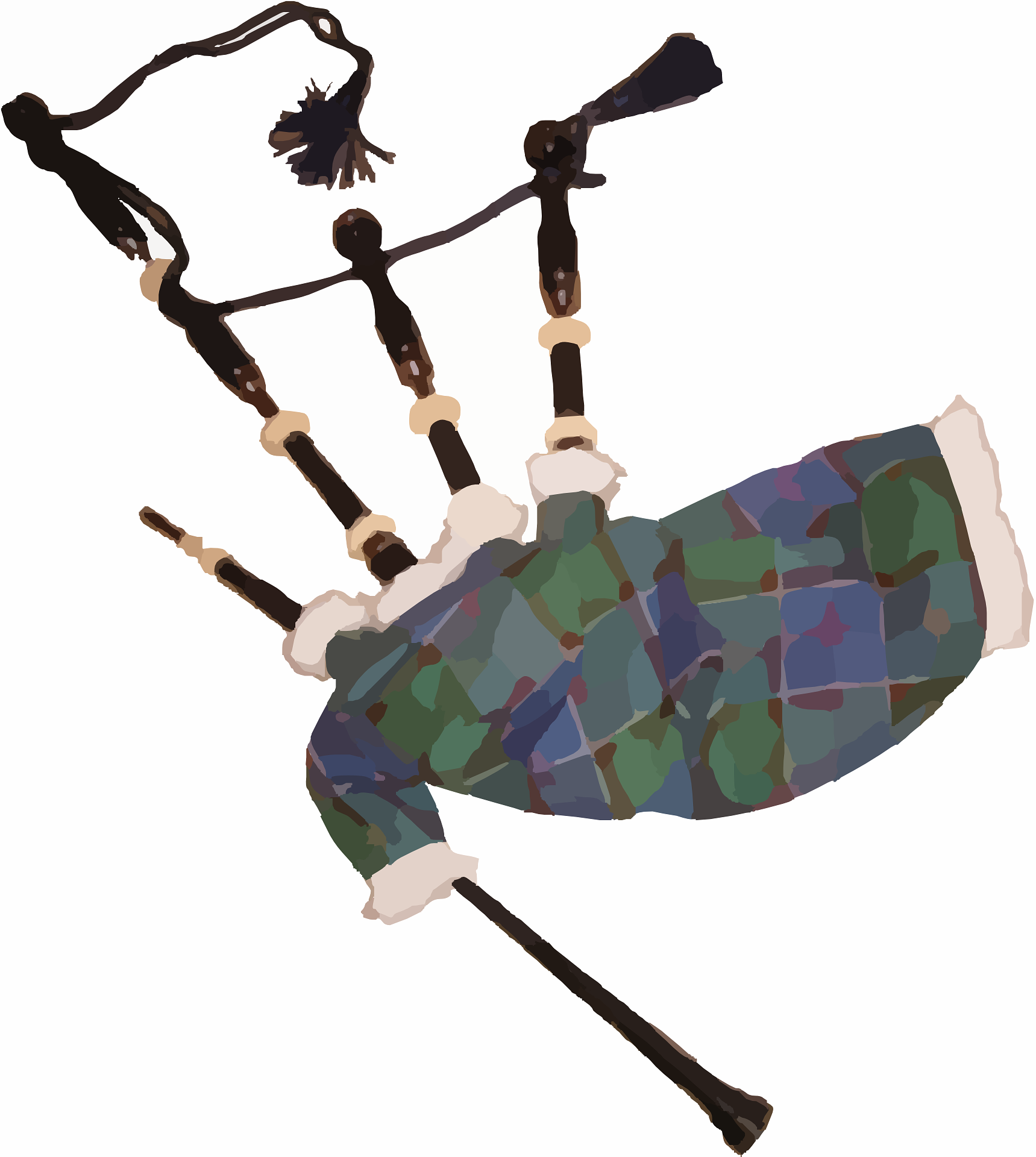History of Bagpipes in Scotland
While the exact origins of the Great Highland Bagpipe (the most famous type of Scottish bagpipe) are uncertain, bagpipe-like instruments have existed for thousands of years in various cultures across Europe and the Middle East. The bagpipes likely made their way to Scotland during the early medieval period, brought by Celtic tribes or Roman invaders. Over time, they evolved into the distinct Scottish version we know today.
By the late Middle Ages, bagpipes had become firmly established in Scottish culture, particularly in the Highlands. They were often played during clan gatherings, battles, and significant life events, such as weddings and funerals.
Types of Bagpipes in Scotland
There are several types of bagpipes associated with Scottish tradition, but the most prominent are:
- Great Highland Bagpipe: The most well-known type, often used in formal events and military ceremonies. It consists of a bag, a blowpipe, a chanter, and multiple drones that produce the bagpipes’ distinctive droning sound.
- Scottish Smallpipes: A quieter, more melodic version of the bagpipe, often used for indoor playing or folk music.
- Border Pipes: Similar to the Great Highland Bagpipe but with a softer, less shrill sound, these pipes were traditionally played in the Scottish Borders region.
Bagpipes in Scottish Culture and Tradition
- Ceremonial Role Bagpipes have long been associated with ceremonial and official functions in Scotland. They are played at weddings, funerals, graduations, and state ceremonies, adding a sense of gravity and tradition to these events. The skirl of the bagpipes, with its distinctive, mournful sound, is particularly associated with military funerals and memorials, such as Remembrance Day services, where pipers play traditional laments like “Flowers of the Forest” in honour of fallen soldiers.
- Military Tradition The use of bagpipes in the military has a rich history in Scotland, especially within the Highland regiments. Bagpipes were used in battle to inspire troops and intimidate enemies. The high-pitched sound of the pipes could carry across the battlefield, motivating soldiers and rallying them to action. This tradition was particularly strong during the Jacobite Risings in the 17th and 18th centuries when Highland clans fought against British forces.
After the defeat of the Jacobites at the Battle of Culloden in 1746, the British government attempted to suppress Highland culture, banning the wearing of tartan and the playing of bagpipes under the Act of Proscription. However, the ban was eventually lifted, and bagpipes returned to prominence, particularly in military parades and ceremonies.
Today, bagpipes are still an integral part of Scottish regiments in the British Army. Pipe bands are a key feature of military parades, playing stirring tunes like “Scotland the Brave” and “The Black Bear.” Military pipers also play an important role during royal events, with the Royal Family maintaining a personal piper at Balmoral Castle in Scotland.
- Bagpipe Music in Modern Events In addition to military and formal settings, bagpipe music is a vibrant part of festivals and celebrations in Scotland. The Highland Games, held throughout the summer, often feature pipe bands competing and performing for crowds. These games are an essential part of Scottish cultural life and showcase the combination of bagpipe music with traditional Highland dancing and athletic events.
Another major event for bagpipe enthusiasts is the annual Royal Edinburgh Military Tattoo, held on the esplanade of Edinburgh Castle. This grand spectacle brings together bagpipers and drummers from across Scotland and the world, performing for large crowds against the dramatic backdrop of the castle.
- The Art of Piping Learning to play the bagpipes is a skill passed down through generations, with many young Scots taking lessons from a young age. Pipers are trained in traditional Scottish tunes, as well as classical pieces and modern compositions. The piobaireachd (pronounced “pee-broch”), also known as “pibroch,” is the classical music of the Great Highland Bagpipe. It consists of a series of complex variations on a theme and requires high levels of skill and mastery.
Competitions, such as those held at the Highland Games or dedicated bagpiping contests like the Glenfiddich Piping Championship, showcase the best pipers in the world. Master pipers, or piping masters, are held in high regard, and the craft of piping is a respected tradition in Scottish communities.
Symbolism of the Bagpipes
The bagpipes have come to symbolize Scottish identity and national pride. Their sound evokes the rugged, wild landscapes of the Highlands, the resilience of the Scottish people, and the deep connection to Scottish heritage. The pipes are often seen as a reminder of the country’s rich history, from ancient clan battles to modern celebrations of culture.
Even beyond Scotland, the bagpipes have become an emblem of Scottishness around the world, particularly in countries with large Scottish diasporas, such as Canada, the United States, Australia, and New Zealand. In these places, bagpipe music is a key feature of Scottish festivals, parades, and Highland games, helping to keep Scottish culture alive far from its homeland.
Bagpipes in Popular Culture
The unique sound of the bagpipes has made its way into popular music, both in Scotland and internationally. Artists like The Red Hot Chilli Pipers, a Scottish band known for their fusion of rock music with bagpipes, have brought the instrument to new audiences. The instrument is also featured in the music of bands like The Chieftains, Runrig, and even some rock bands, illustrating its versatility.


